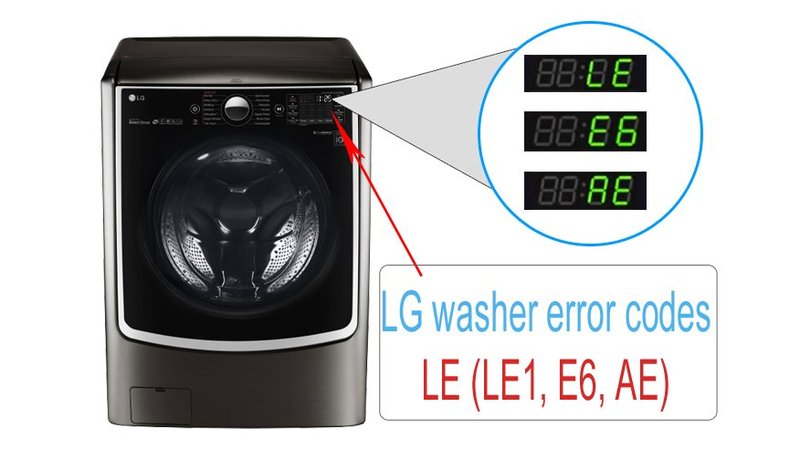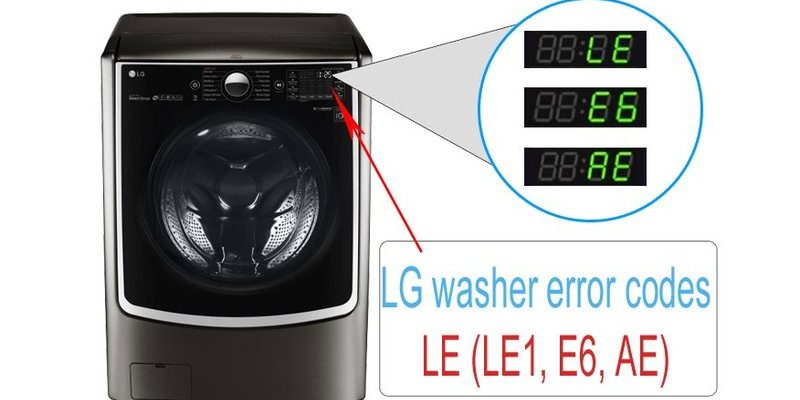
The “LE” error code usually signals a motor problem, often linked to the rotor position sensor (RPS), which sounds fancy but is pretty straightforward. Think of the RPS as the washing machine’s GPS – it helps the machine know where the motor is and how fast it’s spinning. When something isn’t right, it’s like getting lost in a city without your smartphone. This error could be due to obstructions, installation issues, or even a faulty motor. But the big question remains: does your warranty have your back on this one? Let’s break it down.
Understanding LG’s Warranty Coverage
First off, it’s essential to know what warranties usually cover. LG offers a standard warranty on their washers, which typically includes parts and labor for a certain period, often one year from the date of purchase. This generally covers manufacturing defects, which means if there’s something inherently wrong with the machine’s components or assembly, you’re in luck.
For more significant parts like the motor, LG might offer extended coverage, sometimes up to ten years, but here’s the twist: labor might only be covered for the first year. So, if you’ve got a motor issue after the first year, you might be footing the bill for the service call, even if the part itself doesn’t cost you a dime. It’s kind of like buying the cake but having to pay extra for the candles.
But, here’s the kicker – if the error code LE is due to improper installation, misuse, or even something like a power surge, that’s typically not covered. Think of it this way: if you crash your car because you poured sugar in the gas tank, insurance won’t help much. Similarly, warranties often exclude damages caused by user error or external factors.
Exploring Common Causes of Error Code LE
The LE error can pop up for various reasons, and sometimes it’s an easy fix that doesn’t even require a warranty claim. One common issue is wiring problems. If the connections to the motor or RPS are loose, the machine can’t communicate effectively. Imagine trying to have a conversation on a phone call with someone who keeps cutting out – you’d be frustrated, right?
Another culprit might be the motor being overloaded. This happens when there’s too much laundry trying to squeeze into the party – it’s like attempting to pack a suitcase beyond its capacity and then struggling to zip it up. Overloading causes strain and can trigger the LE error, but thankfully, this is mostly a user error and can be fixed by simply reducing the load.
Sometimes, the problem can be more serious, like a malfunctioning motor or sensor. In such cases, unless these components are faulty due to a manufacturing defect, you might find yourself paying for repairs out of pocket. That’s why it’s crucial to read the fine print on your warranty and understand what scenarios are covered. It’s better to know beforehand than being caught off guard when you have a heap of dirty laundry piling up.
Steps to Resolve and Prevent LE Error Codes
So, what should you do if faced with the dreaded LE error? First, reset your washing machine. Unplug it for a few minutes and plug it back in – kind of like rebooting your computer when it freezes. If the error persists, check the wiring to ensure everything is connected snugly. Sometimes just a bit of tinkering can save you a service call.
Also, be mindful of how much you’re loading into your washing machine. Remember, it’s designed for a specific capacity; going overboard can cause more harm than good. It’s like overpacking a backpack – sure, you can try to fit everything in, but the straps will eventually give out.
If these steps don’t resolve the issue, it might be time to contact LG customer service or a certified repair technician. Before you do that, dig out your warranty document and see what’s covered. Sometimes, having a clear understanding of your warranty terms can guide you on whether you’ll need professional help or if it’s something you can tackle yourself.
In conclusion, while the LE code can be a nuisance, understanding your warranty and the potential causes empowers you to take the right steps. And remember, regular maintenance and cautious use can go a long way in preventing such issues, keeping your laundry days as smooth as possible.
